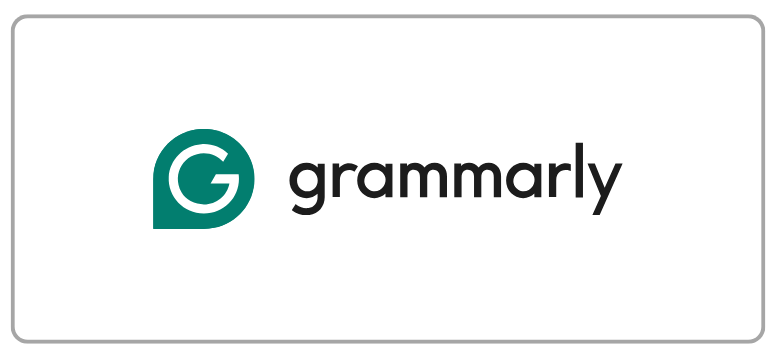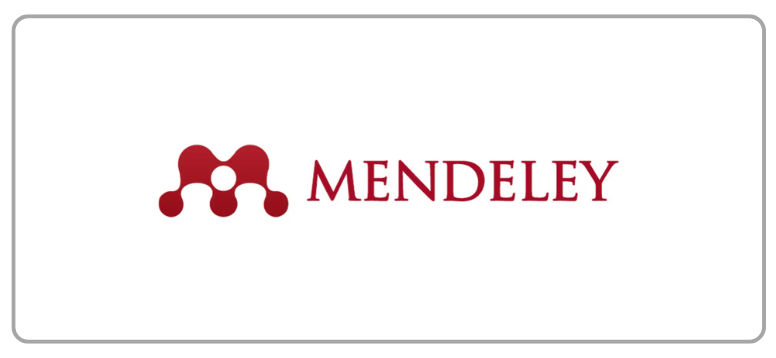Efektivitas Pendekatan Komunikatif pada Mata Kuliah Menyimak dan Berbicara II
DOI:
https://doi.org/10.21512/lc.v7i2.428Keywords:
communicative approach, listening class, speaking class, Japanese languageAbstract
The previous research on Communicative Approach in language learning stated that there was a correlation between speaking and writing abilities, in which both of them belong to productive skill. By presenting effective results, the students’ speaking skills could be developed. Based on that previous result, this research was focused on between the receptive and productive knowledge, those were listening and speaking, especially on the respondents who were the beginners to know to what extent the level of their speaking competences. The research applied quasi experiment method without having control class to describe a learning process by applying communicative approach. Respondents were the second semester of Japanese department students, year 2012/2013. The research data was taken twice, in the pre-test and post-test time, as well as questionnaires to know the respondents’ results on the learning process. The results indicated that the average increase of class respondents’ achievement was 16.31 point, that was from 66.84 of pre-test score into 83.15 scores for the post-test. Questionnaires were used to know the students’ comments on the speaking class using communicative approach. It can be concluded that the results of speaking class using communicative approach is proven to be effective to develop beginner respondents’ ability to speak.References
Akito, O. (2012). Kaiwa kyouiku no shirabasu to gakushuukatsudou. Prosiding Seminar Internasional Pendidikan Bahasa Jepang, “Improving the Competence of Conversation Skill in Learning Japanese Language in Secondary and Higher Education in Indonesiaâ€. Bali, 21–22 September 2012
Endraswara, S. (2009). Metodologi Penelitian Foklor. Yogyakarta: Medpress.
Hamalik, O. (1998). Sumbangsih: Jurnal Penelitian UNS, 4(2).
Japan Foundation Nihongo Kyoujuhou Shirizu 6. (2007). Hanasu koto wo oshieru.Tokyo.
Japan Foundation Nihongo Kyoujuhou Shirizu 5. (2008). Kiku koto wo oshieru. Tokyo.
JF Nihongo Kyouiku Standaado. (n.d.) Kompetensi Berbahasa Jepang. Diakses dari https://jfstandard.jp/cando/search/list/ja/render.do
Sukamto, K. E. dan Dardjowidjoyo, S. (2008). Kelana Bahasa Sang Bahasawan. Jakarta: Atmajaya.
Supriatnoko. (1990). Efektifitas pendekatan komunikatif pada pengajaran bahasa Inggris terhadap kemampuan mahasiswa Politeknik UI dalam berbahasa Inggris produktif [Abstrak]. Laporan Penelitian UI. Diakses dari http://lontar.ui.ac.id/opac/themes/libri2/abstrakpdf.jsp?id=77221
Wachidah, S. (2004). PELBBA 17: Kurikulum Berbasis Kompetensi. Jakarta: Atmajaya.
Downloads
Published
How to Cite
Issue
Section
License
Authors who publish with this journal agree to the following terms:
a. Authors retain copyright and grant the journal right of first publication with the work simultaneously licensed under a Creative Commons Attribution License - Share Alike that allows others to share the work with an acknowledgment of the work's authorship and initial publication in this journal.
b. Authors are able to enter into separate, additional contractual arrangements for the non-exclusive distribution of the journal's published version of the work (e.g., post it to an institutional repository or publish it in a book), with an acknowledgment of its initial publication in this journal.
c. Authors are permitted and encouraged to post their work online (e.g., in institutional repositories or on their website) prior to and during the submission process, as it can lead to productive exchanges, as well as earlier and greater citation of published work.
USER RIGHTS
All articles published Open Access will be immediately and permanently free for everyone to read and download. We are continuously working with our author communities to select the best choice of license options, currently being defined for this journal as follows: Creative Commons Attribution-Share Alike (CC BY-SA)


















